PPP Application Update: The Interim Final Rule
.png?width=750&name=SBA%20Disaster%20Loan%20Application%20Assistance%20(4).png)
Late on Thursday, April 2, the SBA released the Interim Final Rule (IRF) which constitutes the much anticipated “Regulations” to provide further guidance of the PPP implementation. This interim final rule is effective immediately and is being issued to allow for immediate implementation of this program.
It is anticipated that once the lenders move forward in accepting applications, they will do so in reliance on the new interim guidance.
Some noteworthy items in the guidance:
- 1.0% rate, not 0.5%.
- 2 years maturity.
- 6 month payment deferral, not 12 months.
- No more than 25% of the loan proceeds may be utilized for non-payroll costs.
- Use of funds for unauthorized purposes will not only trigger a repayment obligation but may also expose companies, shareholders, members, or partners to additional liability such as charges for fraud.
- Independent contractors are not part of the payroll costs when calculating loan amount.
- The loan amount may be determined based on either calendar year 2019 average monthly payroll costs (see Borrower Application Form Instructions) and Section 3 of the Interim Final Rules regarding “What do Lenders have to do in terms of loan underwriting” OR the “last twelve months” per the language in the Interim Final Rules under “How do I calculate the maximum amount I can borrow”. Bottom line, check with your lender to ensure you are using an acceptable 12 month period for purposes of getting your loaned approved. If the last twelve months method is used, the application of this method may be a challenge given the stringent documentation rules requiring tax records, particularly with a 2020 Q1 Form 941 not being due until April 30.
- PPP loans are first come, first served.
- SBA confirms the exclusion of federal payroll tax withholding is ONLY for amounts withheld between February 15, 2020 and June 30, 2020. Note there are four very basic examples introduced in the guidance, none of which consider payroll taxes into the computations.
- PPP applicants must submit SBA Form 2483 (Paycheck Protection Program Application FINAL Form) and payroll documentation in order to be eligible for a loan.
- BA confirms that the 500-employee test should only be applied to U.S. resident employees.
The final PPP application that was also released last night can be found here. A major change in the new application is that 20% or more owners no longer need to sign off. Officers can sign on behalf of the business/owner. The biggest open item is the number of employees. As we get more clarification around that we will update you.
The new guidance indicates these exclusions from payroll costs:
- Any compensation of an employee whose principal place of residence is outside of the United States;
- The compensation of an individual employee in excess of an annual salary of $100,000, prorated as necessary;
- Federal employment taxes imposed or withheld between February 15, 2020 and June 30, 2020, including the employee’s and employer’s share of FICA (Federal Insurance Contributions Act) and Railroad Retirement Act taxes, and income taxes required to be withheld from employees; and
- Qualified sick and family leave wages for which a credit is allowed under sections 7001 and 7003 of the Families First Coronavirus Response Act (Public Law 116–127).
Please feel free to reach out to Brixey & Meyer to help navigate the loan application process. We are committed to keeping our clients, friends and families posted on the latest developments in these unprecedented times. You can simply comment below, visit our website or call us at 866.760.0940.

.png)